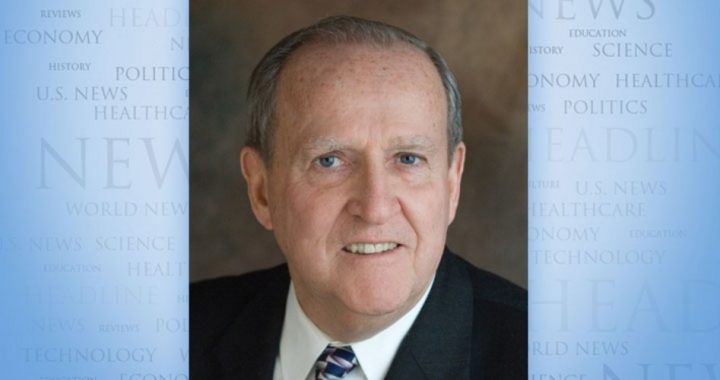
The passing of Ruth Bader Ginsburg means that a Republican president and a Republican-led Senate have an opportunity to choose her successor. Leading Democrats want the selection delayed until after both the November election and the swearing in of the new Senate during the first week of January. Proponents of such a delay are unlikely to have their way — and the precedents established by past history confirm that Democrat wishes have next to no precedent to back up their current desires.
Democratic party leaders immediately insisted that the replacement for Ginsburg should be chosen after the November 2020 presidential election. They expect that voters will choose Joe Biden over Donald Trump, and the Senate will revert to their control. They also want the Senate vote on the president’s choice to be put off until the new Congress begins its work in January, work that they expect to be led by a Democrat majority.
But delaying presidential and Senate action on a matter such as naming and confirming a Supreme Court justice in an election year is overwhelmingly not done. To begin addressing the current situation brought about by Ginsburg’s passing, one must realize that there is no time-limit or time-requirement for a president to name his choice of a successor. As historian Dan McLaughlin noted in an article published six weeks prior to Ginsbugh’s death, there have been 29 times in our nation’s history when an opening at the Supreme Court occurred during a presidential election year. None of those 29 opportunities for naming a new justice were delayed because of a looming presidential/congressional election.
Currently, Republicans have a 53-47 edge in the U.S. Senate. There appear to be only two Republicans who might refuse to back President Trump’s nominee — Susan Collins from Maine and Lisa Murkowski from Alaska. If these two voted No to Trump’s choice and another Republican does likewise, the GOP lead shrinks to 50-50.
Should the lineup change to the point where the Senate actually produces a tie, many commentators believe that the vote of Vice President Mike Pence would be called on to break the tie, something that has been done many times in the past by vice presidents, based on the constitutional provision that “the Vice President of the United States shall be President of the Senate, but shall have no Vote, unless they be equally divided.” But the tie-breaking power enjoyed by a vice president has been questioned in this instance, because the vote in question is not on legislation, but on confirming a presidential nominee, despite the fact that in the past vice presidents have voted to confirm presidential nominees.
Professor Lawrence Tribe taught constitutional law at Harvard Law School for many years. He is now “professor emeritus,” and he occasionally writes or speaks out about current issues. On September 24, he claimed in an article appearing in the Boston Globe that there is a difference between a vice president breaking a tie when legislation is being considered and the absence of such power if the matter before the Senate is a presidential appointment. He cited Alexander Hamilton’s statement appearing in The Federalist, No. 69, “In the national government, if the Senate should be divided, no appointment could be made.” According to Tribe, should there be such a tie regarding the appointment of a Supreme Court justice, that individual must be declared unapproved and someone else must be chosen. However, the sentence quoted by Tribe comes from a long paragraph that is referring to the president not possessing the power to break a tie. We encourage you to read The Federalist, No. 69, in order to decide for yourself Hamilton’s intent (click here).
Tribe’s argument also notes that the grant of tie-breaking power to the vice president appears in the Constitution’s Article I dealing with the legislative powers of Congress. But the vice president’s tie-breaking power cannot be found in the document’s Article II, where a president’s duties and prerogatives regarding appointments appears. In other words, the former Harvard Law School professor believes it would be a mistake to turn to Vice President Pence to break a tie vote on the nomination of Amy Coney Barrett. Many commentators and some senators disagree.
The possibility is very slim that there will be a tie when final approval of President Trump’s nominee to fill the empty Supreme Court seat comes before the Senate. The two senators named above plus another would have to vote No to have such a situation develop. The process of selecting and gaining approval of another candidate would have to begin again unless the Vice President is called upon to break the tie. And, as noted above, there are some who believe that a Vice President cannot be called upon to settle the matter.
The far-seeing Founding Fathers who created the U.S. Constitution did well regarding many matters. How a Supreme Court justice should be chosen and approved is merely one of the many matters they addressed. Adherence to what they produced is the duty of all Americans. If needed, an amendment can surely be added as outlined in the document itself. But ignoring what it says, or relying on something it never said, is wrong, especially so among those who swear a solemn oath to support and defend the document itself.



